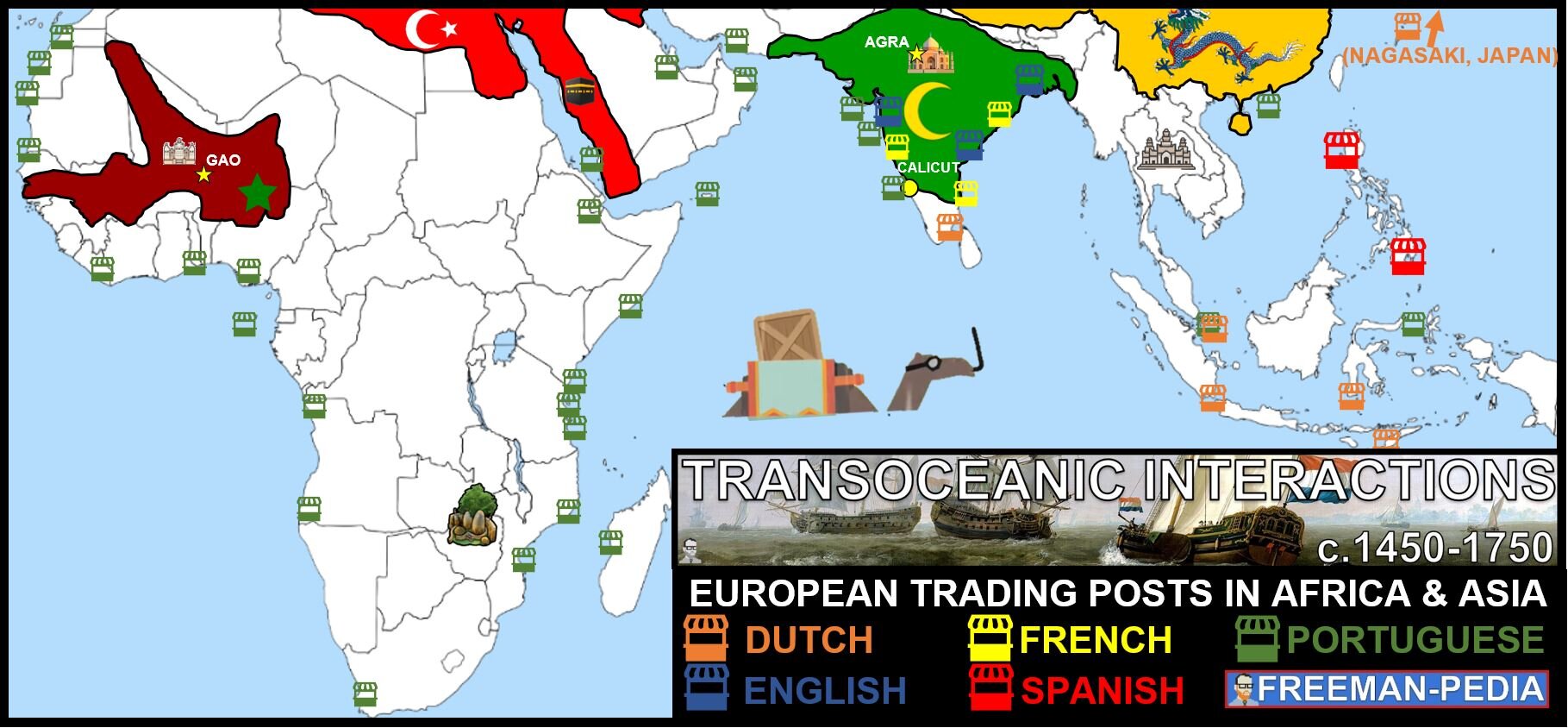Portugal set it off. But, Spain hit the jackpot. Portugal may have lead the way around Africa, but Spain essentially takes the New World. Portugal was the 21st largest empire… Spain? 4th. The story of the Spanish Empire is dominated by the Americas, and that means Conquistadors. Focus on the interactions between the Native Americans (specifically, the Aztecs and Incas) and the Spanish Empire. There is a good bit to know here and (IMO) Spain and the Dutch are the most important of these Maritime Empires. Why? Well, this is the only real time both of them will be brought up (unless its in regards to them losing empire). Plus, the Spanish v. Americans storyline is one of the most important interactions in World History. The British Empire is a larger empire… but not in this period. So, invest some time here with the Spanish Empire:
6. ENCOMIENDA
7. CASTAS
8. MESTIZO
9. MULATTO
10. COLUMBIAN EXCHANGE
THE SPANISH EMPIRE from CRASH COURSE
NATIVES & SPANIARDS from CRASH COURSE US HISTORY
THE COLUMBIAN EXHCANGE from CRASH COURSE
OUR LADY OF GUADALUPE
THE ATLANTIC SLAVE TRADE
WHAT HAPPENED TO THE AZTECS
RISE and FALL OF THE INCA EMPIRE


























